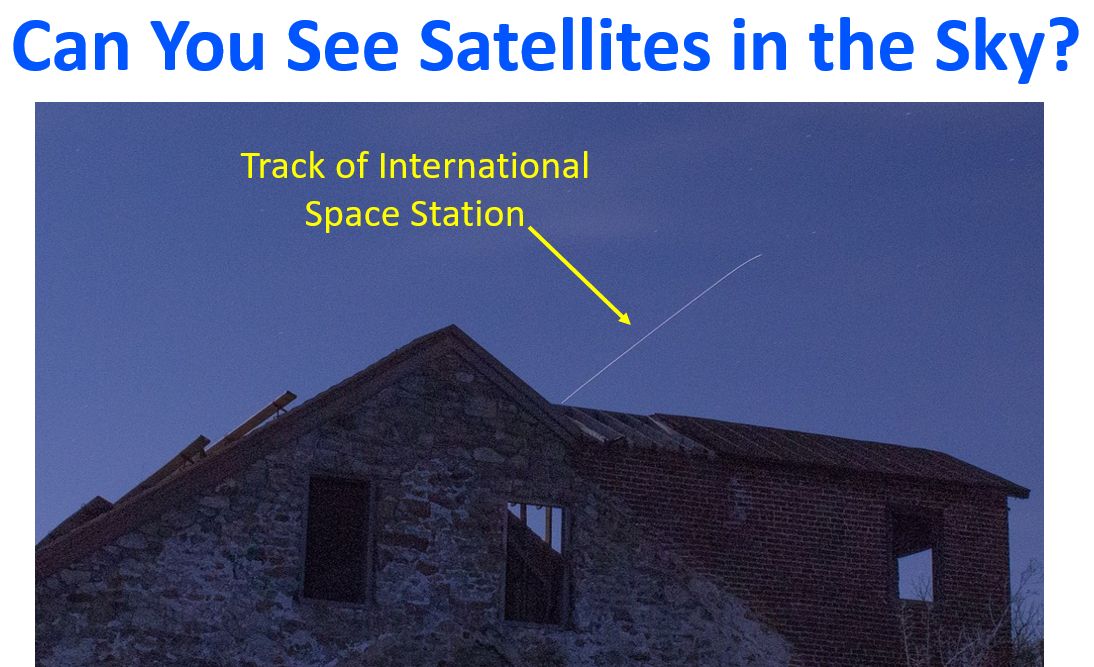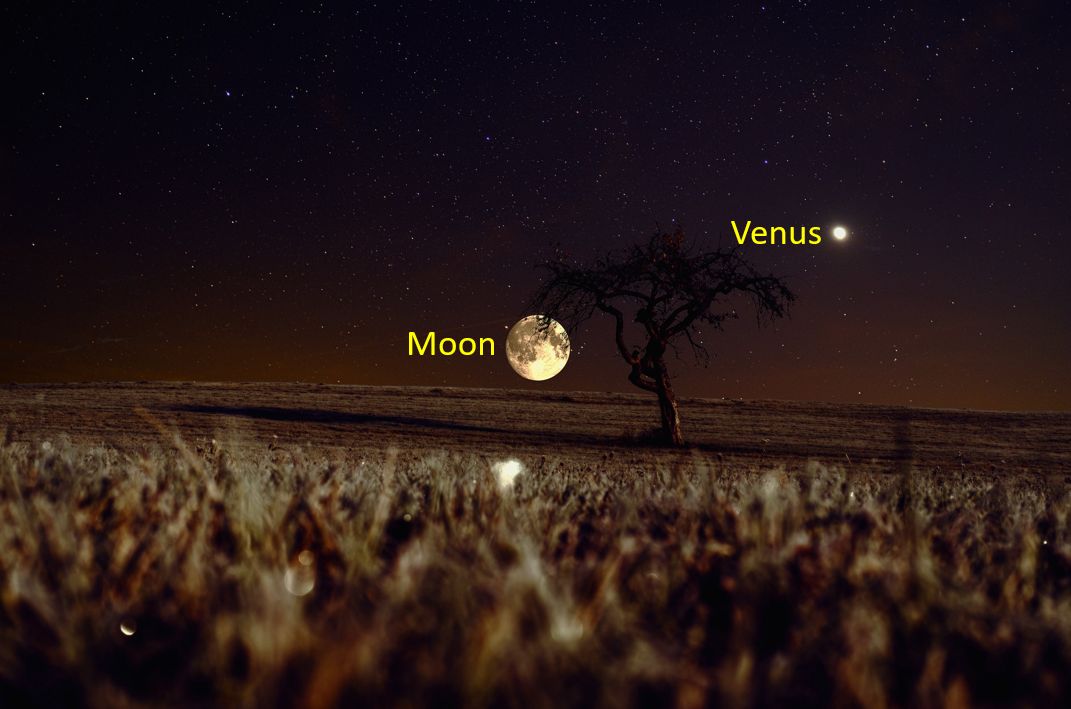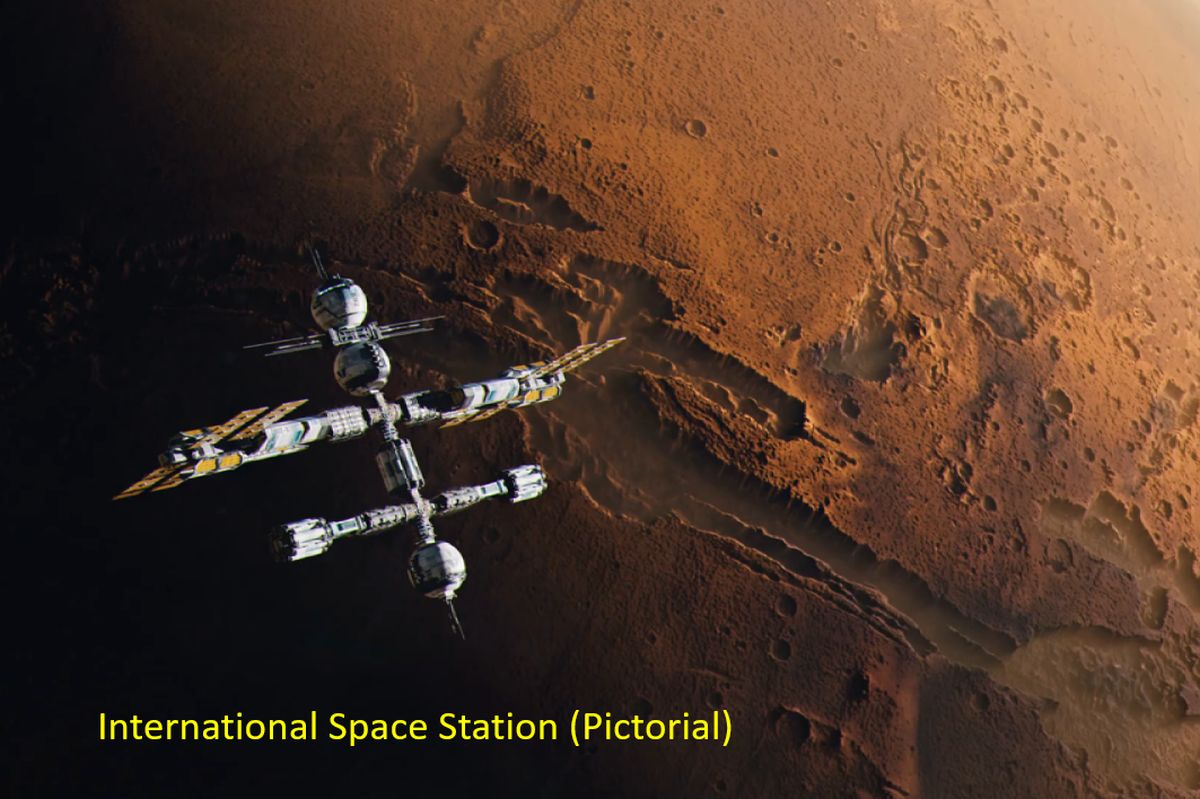Can You See Satellites in the Sky?
Can You See Satellites in the Sky?
Satellites are quite tiny compared to the other celestial objects in the sky. Still, they can be visible in a clear night sky. N2YO website useful for tracking the passage of satellites in your sky for Amateur Radio communications, can also be used to find out the brightest satellites at: https://www.n2yo.com/satellites/?c=1&srt=4&dir=1 If you click on magnitude in the page, it can sort the satellites according to the brightness in ascending or descending order. The brightest of course is International Space Station with a magnitude of -0.5.

You can compare this with the current brightness of Venus of -4.1. Incidentally, Venus will be brightest in the evening sky on 7th July, 2023 with a magnitude of -4.7. Venus will be brightest in the morning sky on 19th September 2023 with a magnitude of -4.8. Venus is so bright because it has a high Albedo of 0.7, meaning that it can reflect about 70% of incident sunlight.

Satellites are seen when the sky is dark and the satellite reflects sunlight back to us. They can be seen up to about 45 minutes before sunlight and 45 minutes after sunset. Sky is too light when it is nearing sunrise and soon after sunset. Satellite is potentially visible if your latitude is close to or below the incliniation of a given satellite, which can be tracked from N2YO website mentioned earlier. I have seen the International Space Station passing across my sky from South West to North East long back, when I found the pass timing in a local newspaper. It was sailing across the sky like a bright star and was a spectacular sight.

PSLV R/B is among the next brightest satellites with a magnitude of zero. PSLV R/B was launched from Sriharikota, India. Now what is this magnitude scale? It is how bright the objects look in the sky, initially mentioned for stellar brightness. Magnitude is expressed in a logarithmic scale in which magnitude 1 star is 100 times brighter than a magnitude 6 star. According to Wikipedia, Sun has a magnitude of -27 and the brightest visible star in night sky has a magnitude of -1.46. It is also mentioned that International Space Station can sometimes reach a magnitude of -6, much brighter than any other star in the sky. That was exactly how I found it when I had the opportunity to see it pass across our sky long back. Stars up to a magnitude of about 6 are visible to the naked eye.

Now, what makes the International Space Station shine in the night sky? According to NASA website, there are no bright lights on the outside of the space station. International Space Station shines by reflecting as much as 90% of the light that hits it. That would be an Albedo of 0.9, quite near the Albedo 1 of snow. Even the solar arrays of the space station which absorb sunlight to power the station have a reflectivity of about 35%. Now what are you waiting for, go ahead and watch the International Space Station sailing across your sky at the next best opportunity with a clear sky by tracking it at: https://www.n2yo.com/satellite/?s=25544.